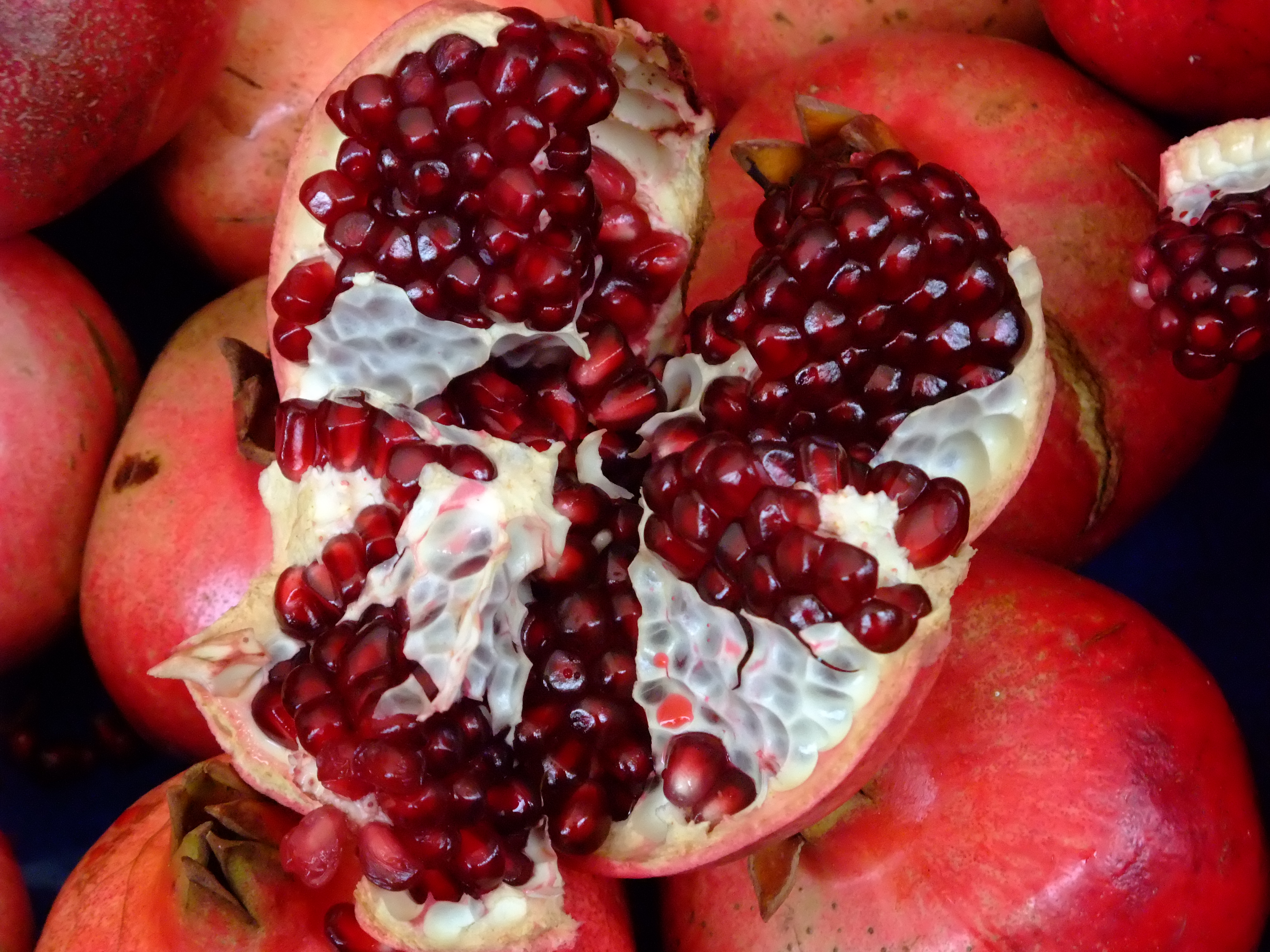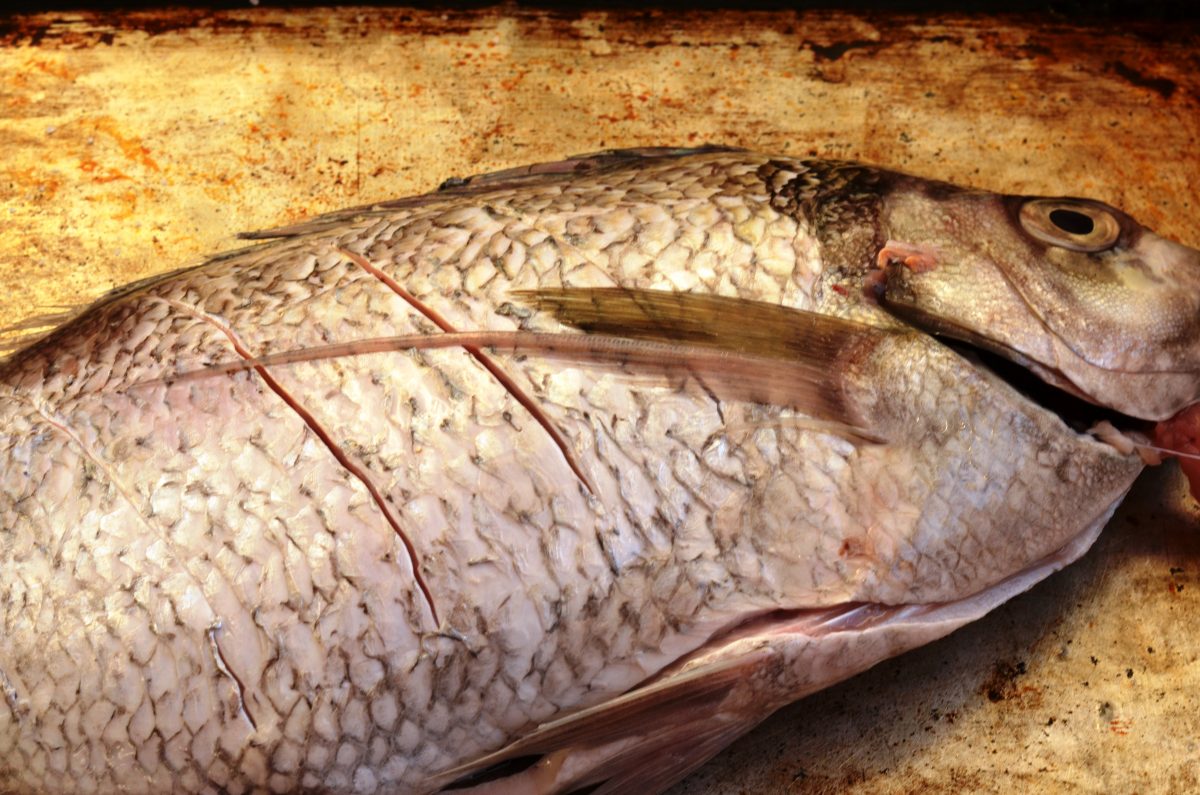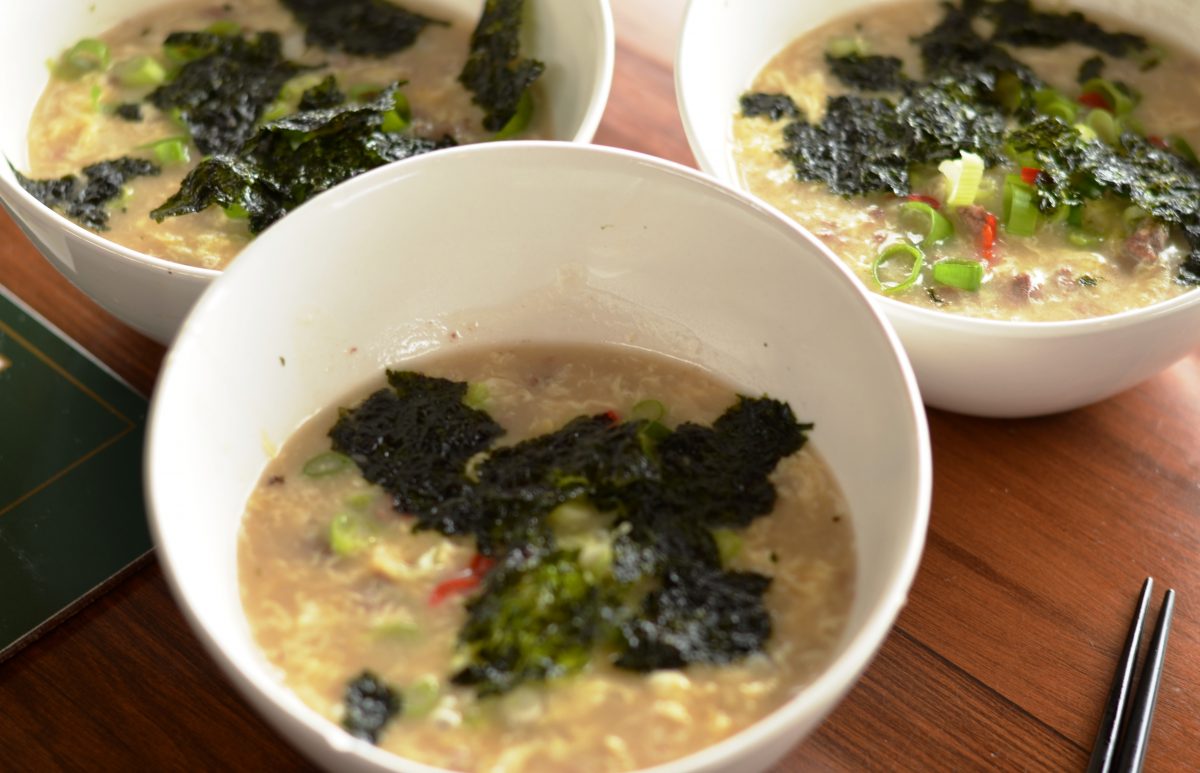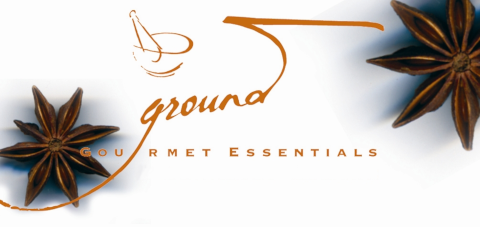The year of the Monkey has just begun in the lunar calendar. Often called Chinese New Year, it is also celebrated by other Asian countries to various degrees. I have been lucky enough to have been living in China and Korea at different times, and have celebrated this amazing holiday in both cultures. There is a lot of superstition and ritual associated with the lunar New Year. Although Chinese and Korean families both celebrate this time of year as one of the most important of their cultures, they do do it slightly differently. But for both it is a time to be with family, much like our Christmas. This means a mass movement in the country as everybody makes the often long and arduous trip home to the parents place (usually the husband’s parents of course, though they try to get to both sets of grandparents). In Korea this means traffic jams the length of the country and in China it means over-crowded trains. But then it also means an amazing feast!

First of all, there's the ritual of prepping for the New Year, which involves shopping for new clothes (for a fresh start); wearing red (an auspicious colour); and cutting your hair before the holidays, but not during (scissors and anything sharp equals "cutting" into and thus "shortening" your lifespan). Also, they clean their house (to ward off evil spirits).
The New Year’s Eve table is abundant with delicious and also lucky foods that will usher in auspiciousness for the New Year: oranges for wealth, sticky rice for prosperity (nian gao translates literally into "year high," or "to rise higher"), and rice dishes symbolize the recurring and life-giving qualities of rice; yu, or fish, which must always be served whole (with tail and head intact) so as to ensure wholeness in the coming year. Yu is also a homophone for prosperity so you can say “nian nian you yu” Remember to keep some of the fish to eat as leftovers the next day to provide a link between the 2 years. A whole chicken is often served but it must include the head and the feet, as to serve it with these removed would mean breaking unity and cause problems between families.

Another imperative part of a Chinese New Year feast is to include red foods (adzuki beans, pomegranates), which symbolize the colour of happiness, and green foods (broccoli, peas, bok choy), which symbolize the colour of jade or wealth. Long, uncut noodles, a symbol of longevity, hold the highest place in the meal. In addition to the aforementioned "lucky" foods, there are also a few to avoid. For example, serving crayfish at your New Year's celebration is an absolute no-no, as they move backwards and could therefore lead to setbacks for you in the year ahead
For our Lunar New Year’s eve dinner this year, we went Chinese, even though we had Koreans at the table as well. But the whole fish we served up was an old favourite of ours from Taiwan, that went down a treat with our Korean guests- no doubt because of the good chilli hit. Of course we served long noodles, broccoli and a red sauce on the chicken to make sure we were bringing in as much luck as possible.
1 whole fish, scaled and cleaned- we used terakihi, but flounder is also good
1 tablespoon Chinese cooking wine
1 teaspoon salt
½ cup chopped spring onions
1 tablespoon each of chopped ginger and chopped garlic
3 tablespoons tomato puree
1 tablespoon chilli bean paste
¾ cup water
1 tablespoon each of cooking wine and sesame oil
½tablespoon cornflour
¾teaspoon salt

Make a few deep cuts into the deepest part of the fish, then marinate it in the cooking wine and salt for 10 minutes. Mix the tomato puree and chilli bean paste in one bowl. Mix the water, cooking wine, sesame oil, cornflour and salt in another bowl.
Fill your wok with enough oil to deep fry the fish (about 2 or 3 inches deep should be fine).
Deep fry the fish until golden brown- flipping it part way through cooking if necessary. Drain it well and put on a serving plate. Drain off the oil from the wok, leaving about 4 tablespoons in the wok. Add the spring onion, garlic and ginger and stir for 1 minute. Then add the tomato mixture and stir until fragrant. Add the cornflour mix and stir until the sauce thickens. Pour this over the fish and serve.

On New Year’s day we went traditional Korean for breakfast, having Duk Guk (or tteokguk). Duk are pieces of sticky rice logs that have been cut on the angle to make ovals that resemble the old-fashioned ingots or coins of Korea. Serving them for breakfast is auspicious as it will ensure wealth for the year. This dish is pure comfort food. Similar to jook in Cantonese cuisine or nasi burbur in Malaysian. It is nutritious and really delicious.
1 packet of duk slices
6 dried anchovies- heads only
300g beef mince
2 tablespoons sesame oil
½tablespoon crushed garlic
2 tablespoons soya sauce
2 eggs beaten lightly
4 spring onions, finely chopped
3 sheets of kim seaweed cut into squares
Soak the duk slices in water for about 10 to 15 minutes. Meanwhile boil a pot of water with the dried anchovy heads in it, to make a stock. Cook the mince in some sesame oil till brown in a pot. Strain the anchovy water on to the beef mince in its pot. Add the crushed garlic and soya sauce Then add the drained duk Cook for 15 or 20 minutes and then taste for seasoning and texture. Add salt and pepper, and then drizzle in the lightly beaten egg so it cooks in threads. Finally add the spring onions. Serve with sheets of kim on top.

In China the lunar New Year is a time to give children some money presented in a pretty, red paper envelope. In Korea this gift giving also occurs, but in a country where ancestor worshipping is so important, there is a lot more ceremony involved on this day. Dressed in their best traditional Korean costumes, children bow in a set way to their parents who sit on the floor, also dressed traditionally, holding court. The children pledge their obedience to their parents, now and into the future. Although that didn’t happen in our house this year, we did try hard to honour tradition with more food.
For lunch we cooked the left over fish with leftover rice to make a stir-fried rice, adding peas for extra luck and finishing with oranges- as the Chinese word for orange is similar to the word for gold.
For dinner that night we mirrored the use of ingot-shape food with the Chinese version- jiaozi. Since the shape of jiaozi, or Chinese dumplings, are similar to ancient gold or silver ingots, they, also symbolize wealth. These are really the kind of dish that is fun to make with the family, as it is a little time consuming folding the dumplings, but many hands make light work. I like to fold mine the old-fashioned way- by hand, as I was taught in China, but my husband cheats and uses the little “press” you can buy cheaply in Asian stores. I still think I was faster than him!!

Over the 2 days we did eat a lot, drink even more, talk loudly, burp with gusto, and repeat, stopping every so often to remind ourselves of how lucky we are. Now that’s how to welcome in the cheeky monkey
